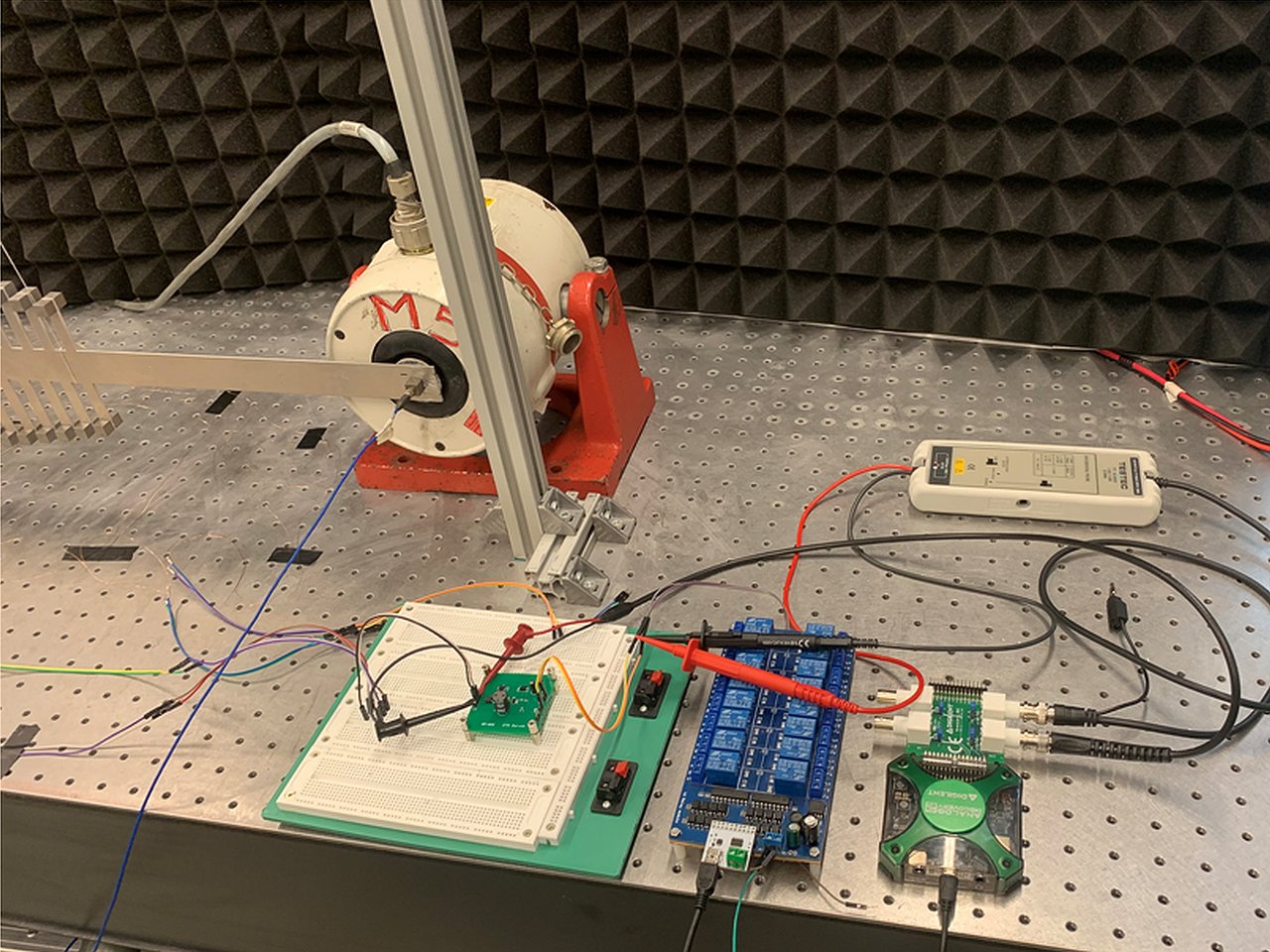“Green” coin-sized sensors for 6G and seismic monitoring
A sensor prototype the size of a coin, capable of operating without a battery and made from sustainable materials. This is the result of the MetaVEH (Metamaterial Enabled Vibration Energy Harvesting) research project, funded with €4 million under the Horizon 2020 – Excellent Science program aimed at reducing CO₂ emissions.
The research consortium, composed of ZHAW Zürich (coordinating institute), Imperial College London, Politecnico di Milano, Multiwave Technologies, and STMicroelectronics, worked for nearly five years on developing technologies that harvest energy from environmental vibrations, overcoming the limitations of traditional sensors.
Politecnico di Milano, through research groups from the Departments of Civil and Environmental Engineering (DICA) and Mechanical Engineering, contributed to the design of piezoelectric harvesters based on aluminum nitride—a material free of lead and rare earths, making it environmentally and ethically sustainable.
In parallel, researchers from Imperial College London and Politecnico di Milano patented a technology for creating mechanical metamaterials capable of manipulating the propagation of elastic waves and enhancing device performance by exploiting the phenomenon known as rainbow trapping.
The result is a self-powered sensor capable of collecting mechanical energy from the environment and converting it into electrical energy to power the device and transmit data in real time.
Its application is foreseen in two main areas: as a high-efficiency resonator for 6G networks and as an autonomous sensor for structural and seismic monitoring.
With the MetaVEH project, we worked to develop a ‘green’ alternative to conventional piezoelectric materials, maintaining high performance and industrial compatibility.
Raffaele Ardito, professor at the Department of Civil and Environmental Engineering

